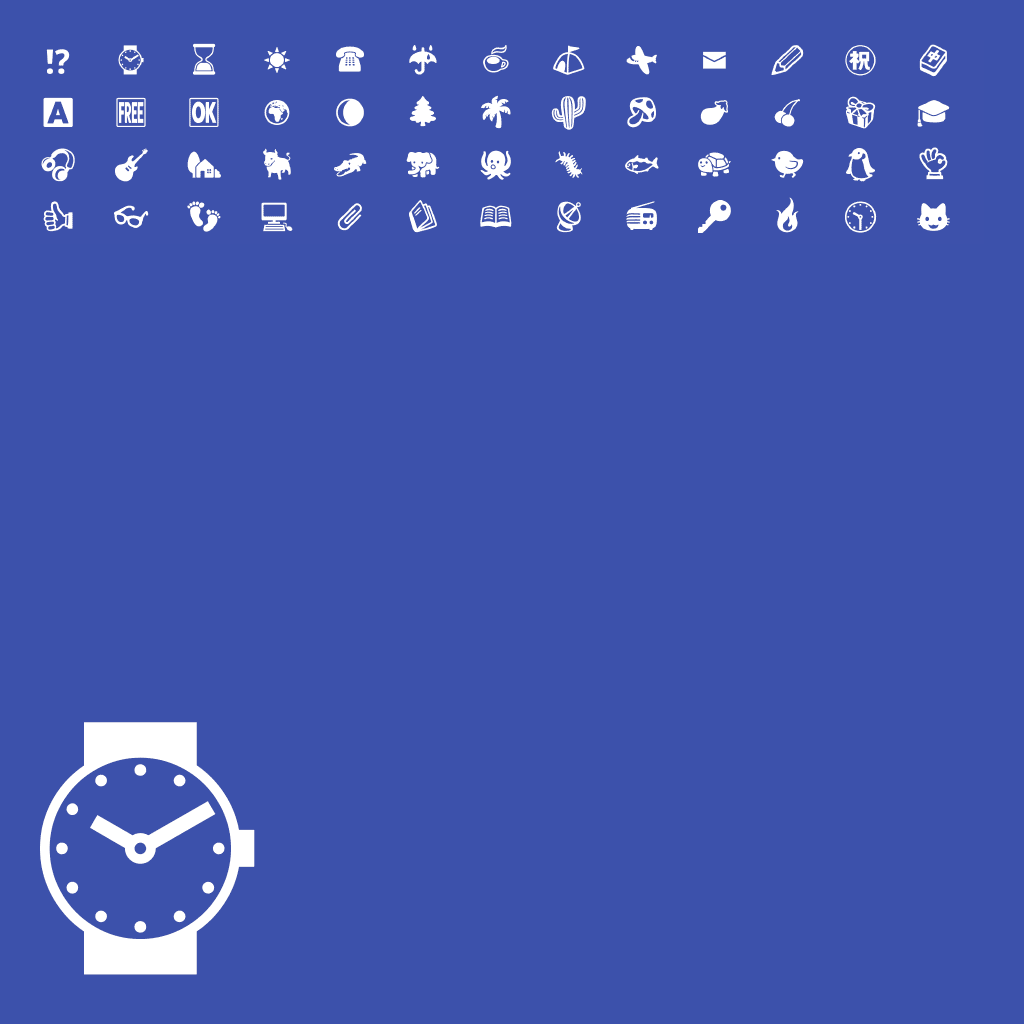Something funny happens when your computer or phone can’t display a font: A blank rectangular box pops up in place of the missing glyph. This little box is called .notdef, or "not defined," in coder lingo, but everyone else just calls it tofu.
Bob Jung hates tofu. His loathing started in the 1980s while living in Tokyo, where he owned an American computer. “In those days, if you bought an American computer you didn’t get fonts in other languages,” he says. “So it was quite common to see tofu.” Now he leads Google’s Internationalization department, ensuring that the company's products work everywhere. His team spent six years working with designers at Monotype to banish tofu from Google’s devices with a cohesive, pan-language set of fonts called Noto (short for “no more tofu”). Noto, one of the most expansive typographic families ever made, supports 800 languages, 100 scripts in up to eight different weights, innumerable special characters, and absolutely no tofu.
Noto solves a big usability issue that most people don’t know exists. If you write in languages like English, Hindi, Mandarin Chinese, or Russian, for example, you rarely see tofu. Such languages are supported by Unicode, the consortium that approves emoji and maintains software internationalization standards, and your devices come with them.
But people read and write in hundreds of languages. Unicode only recently approved Tibetan. Ditto Armenian. Many more await approval. If these less common languages have a digital typeface, it’s probably not well considered, because “certain regions of the world have much more rich typographic traditions than others,” says Steve Matteson, Monotype’s creative director. He led hundreds of researchers, designers, and linguists in giving every Unicode-enabled script a font, and ensuring those fonts feel like part of the same typographic family.
In the past, platforms licensed fonts for different scripts piecemeal (a script can cover a number of languages---English, Icelandic, and Dutch are just three of the dozens of languages that rely on Latin script). So they’d buy one for Latin scripts like Spanish and French, another for Arabic scripts, and yet another for Japanese and Chinese. “You’d get this mishmash of fonts,” Jung says. “That was always the complaint we got---fonts just don’t look good when you mix languages.” But developing a typeface for 800 languages that feels cohesive yet respectful of each language's cultural heritage created inherent tension. And making those fonts “unmistakably Google” is nearly impossible. The Tibetan script, for example, draws heavily from a calligraphic tradition, while English is more linear and geometric. The Arabic typeface is emphasized in left to right strokes, while French's letters carry their weight in their vertical stems. Some fonts, like Runic, are so obscure that typographers at Monotype built the font from scratch using stone engravings for inspiration.
The goal was to create a family of fonts that appear at least distantly related. “We wanted to make it so when people changed their language settings it didn’t look like they were using a completely different platform,” Matteson says. He designed Noto to be modern but friendly, with open counters, soft terminals, and strokes rooted in 5th century calligraphy. He avoided making Noto too austere, mostly because the shapes wouldn’t translate as nicely to other languages. “It’s not easy to interpret fancy calligraphic languages like Tibetan into a Futura typeface model, which is all circles and straight lines,” he says.
You'll see some common shapes echoed throughout fonts within the Noto family. Every font has a similar weight, providing some semblance of continuity. And although not all languages rest at the same baseline and capline (letters in Asian languages tend to stand taller than those in Latin languages), they align to an imaginary line that bisects the Latin alphabet. These finely tuned details are what makes Noto’s ambition so impressive. It’s not the first time most of these languages are getting a typeface, but it is the first time they've been bound together by a cohesive visual language.

